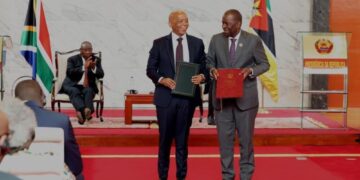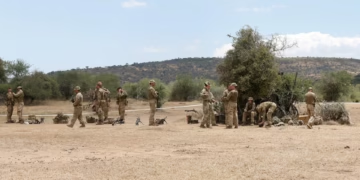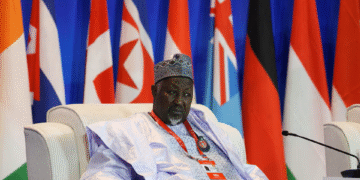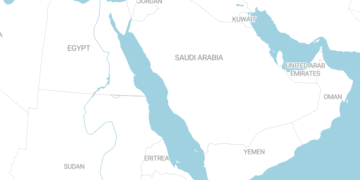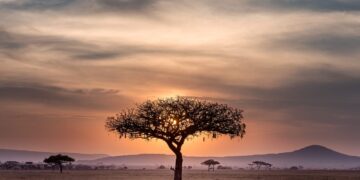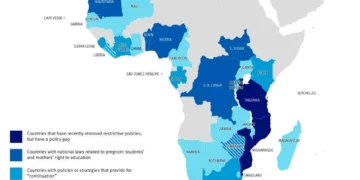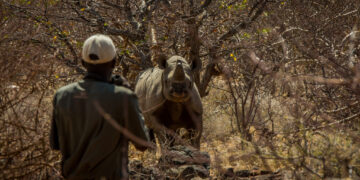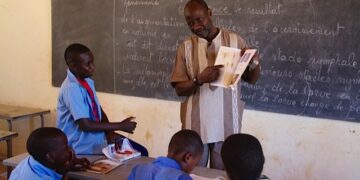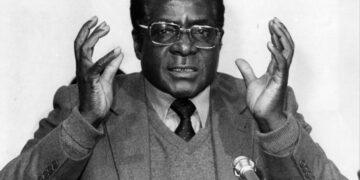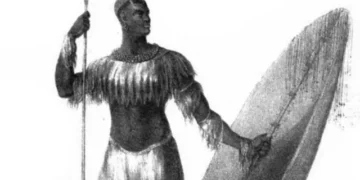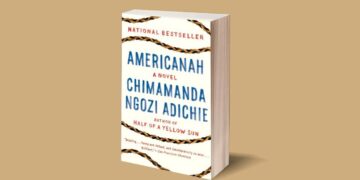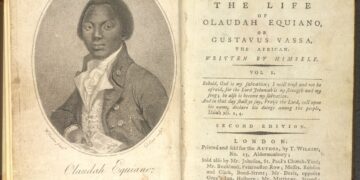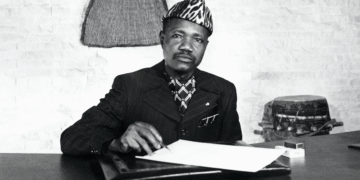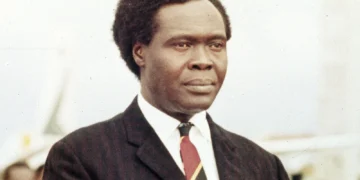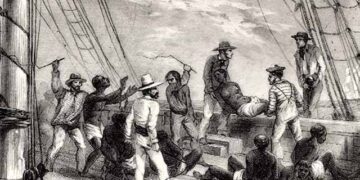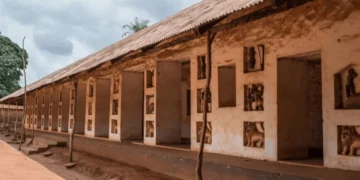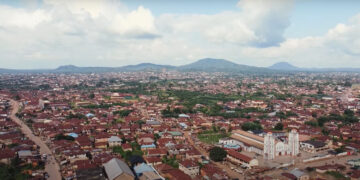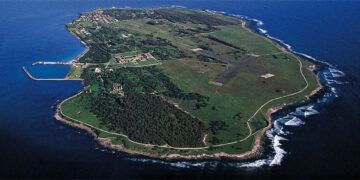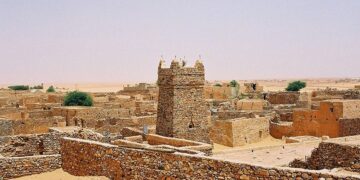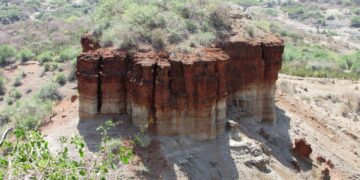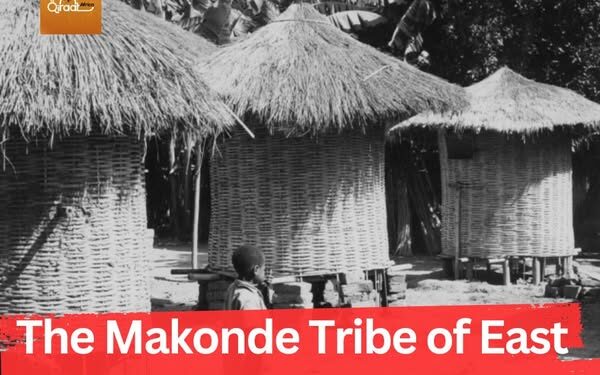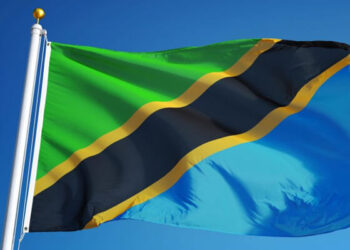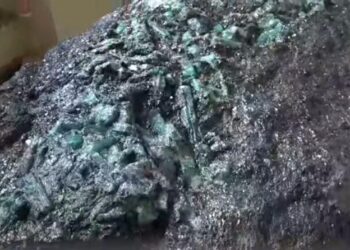The Makonde are originally from southern Tanzania and northern Mozambique, where they still have a large population. The few who kept going eventually settled on the East African coast in the late 1800s. The Makonde have been on the move for over 100 years.
At present they live throughout Tanzania and Mozambique and have a small presence in Kenya. The ethnic group is roughly divided by the Ruvuma River; members of the group in Tanzania are referred to as the Makonde, and those in Mozambique as the Maconde. The two groups have developed separate languages over time but share a common origin and culture.
They speak Makonde, also known as ChiMakonde, a Bantu language similar to Yao. Many people also speak English in Tanzania, Portuguese in Mozambique, and Swahili and Makua in both countries.
Their economy rests primarily on swidden (slash-and-burn) agriculture, supplemented by hunting; corn (maize), sorghum, and cassava are the major crops. Many Makonde have migrated to other parts of the East African coast in search of employment.
Also, they are renowned for their wood carving. Their elaborate masks and figurines recount generational stories. And they are also known for their expressive facial tattoos.
The Makonde successfully withstood predation and did not succumb to colonial rule until the 1920s. During the 1960s, the revolution that forced the Portuguese out of Mozambique began in the Mueda Plateau, Makonde’s homeland. For a period, the revolutionary movement FRELIMO received financial support from the selling of Makonde carvings, and the group became the revolution’s backbone. The Maconde of Mozambique, due to their role in the opposition to Portuguese colonial rule, continue to be a significant faction in the country’s politics.
Today, the Maconde people hold political influence in Mozambique due to their pivotal role in the country’s independence struggle.
The Makonde reckon descent matrilineally. Polygyny is common. Primary marriage always entails a bride-price. Each settlement has a hereditary headman and an advisory council of elders. The Makonde lack a more embracing political structure, each settlement being independent. Though they have been under heavy Muslim influence for a very long time, few have converted to Islam.
Most Makonde are farmers who do “stump cultivation.” In this case, stumps are left in fields to support vines and avoid erosion. Makonde typically cultivate a few fields while leaving others fallow to renew themselves. The men are also taught how to hunt. Some Makonde men are blacksmiths and carvers who sell their creations to tourists and art merchants.



